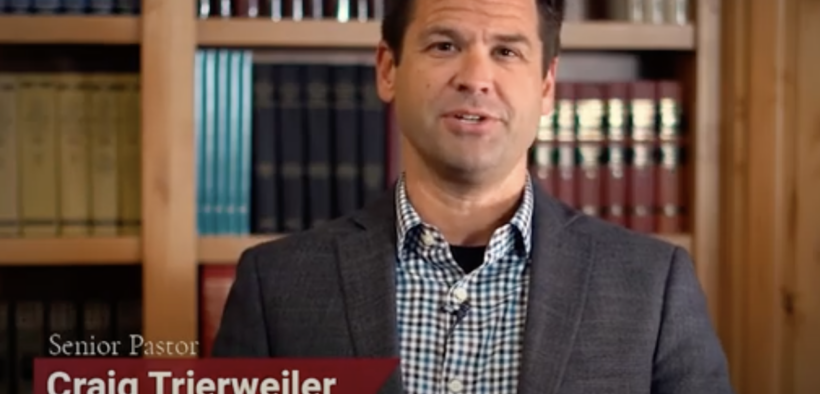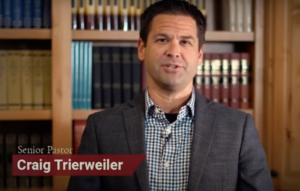Church Adopts New Paradigm, Only Supports Indigenous Missionaries
Michigan's New Hope Community Church believes it gets a higher return on Kingdom investment

Many American churches have a display of western missionaries they support who are engaged in Gospel ministry in countries around the world. 
But New Hope Community Church in Traverse City, Michigan, takes a different approach.
Since its founding in 1990, the church has taken a posture of generosity for missions work by embracing the new paradigm of “indigenous church planters doing the work of Gospel advancement” in their homelands.
“Indigenous leaders are far better equipped and more capable of reaching the global community than people from the West,” New Hope Pastor Craig Trierweiler told MinistryWatch.
“Western missionaries are constantly met with barriers that block their mission. Even though they go with good intent, they are often prevented from doing their work because of language or cultural issues and are extremely expensive to support in comparison with their indigenous counterparts,” Trierweiler wrote in an article titled “An Effective Strategy to Fund World Missions.”
The church is looking for the lowest rate of burnout and highest return on investment for the money it commits to Gospel advancement through missions.
“It has shaped our approach to funding for requests. We provide no monthly support of western missionaries,” Trierweiler added.
Last year, the church gave $1.3 million to missions. Only about $192,000 went to monthly support while most of it went to project-based needs of partners doing a specific work that required additional resources.
Trierweiler said that is an intentional part of the church’s approach as well. It has seen how having funds available to fund specific projects can serve to advance the mission of an indigenous leader. For instance, in Ukraine when the war broke out with Russia, New Hope was able to send about $700,000 in the first year to help a Ukrainian partner with his work there.
The COVID-19 pandemic also provided opportunities. An indigenous partner through Mission India was able to support families with food bags when the supply chain made obtaining food more difficult. New Hope sent tens of thousands of dollars to support the project, which opened avenues for church planters who had been working in the area already, Trierweiler said.
It chooses projects that are not just about promoting human betterment, but ones that will serve to grow God’s Kingdom. New Hope looks at how the project will serve to advance the Gospel, whether local indigenous church leaders are involved and leading the project, and how the local church may benefit and grow as a result.
Access to MinistryWatch content is free. However, we hope you will support our work with your prayers and financial gifts. To make a donation, click here.
Another feature of New Hope’s missions program is its Barnabas or vision trips—small, focused groups of usually self-funded people interested in seeing the work indigenous missionaries are doing. They come back and share with New Hope what they have seen.
Trierweiler refers to the vision trip participants as “kingdom connectors.” They are a group who can help connect “kingdom workers”—the indigenous church planters—with “kingdom providers,” those western Christians who support the work sacrificially.
He says the role of these connectors is critical, citing a Barna study that showed nearly six out of 10 people support missions based on the recommendations of their church, as opposed to finding information on their own.
New Hope could do a better job of communicating to the congregation the many ways their support impacts the world through the indigenous ministries, Trierweiler acknowledged, and it is something the church plans to work on.
It can be challenging for a church to change its paradigm of missions and support only indigenous missionaries, Trierweiler recognized.
Those displays of missionaries in the church foyer often represent years of relationships between the congregation and the missionaries.
He suggests that a church missions committee consider the ultimate aim of missions and evaluate whether they are “using their resources to the best of their ability to produce the highest return.”
Sometimes it may mean “being willing to upset the apple cart,” Trierweiler said.



